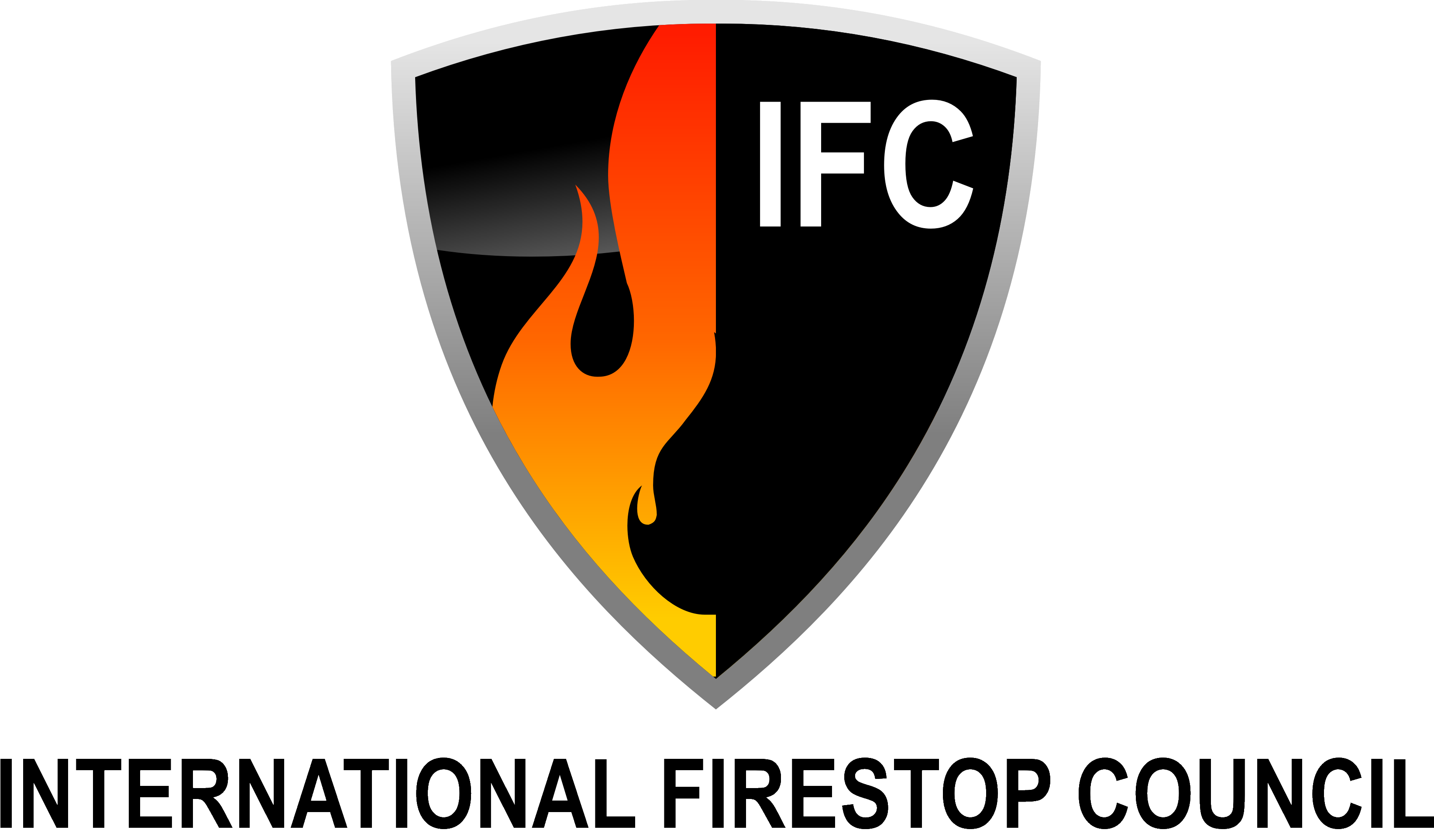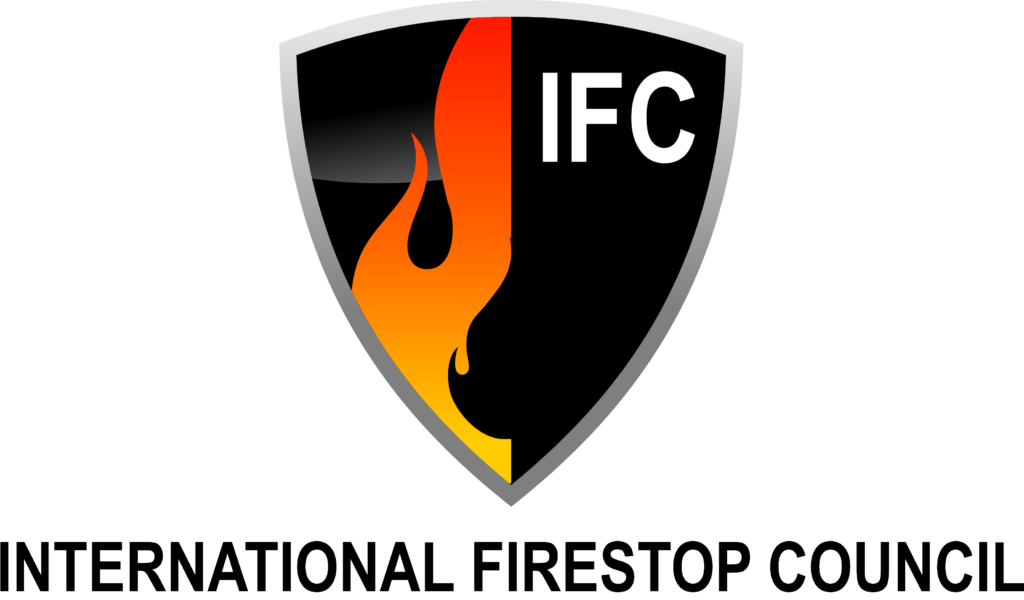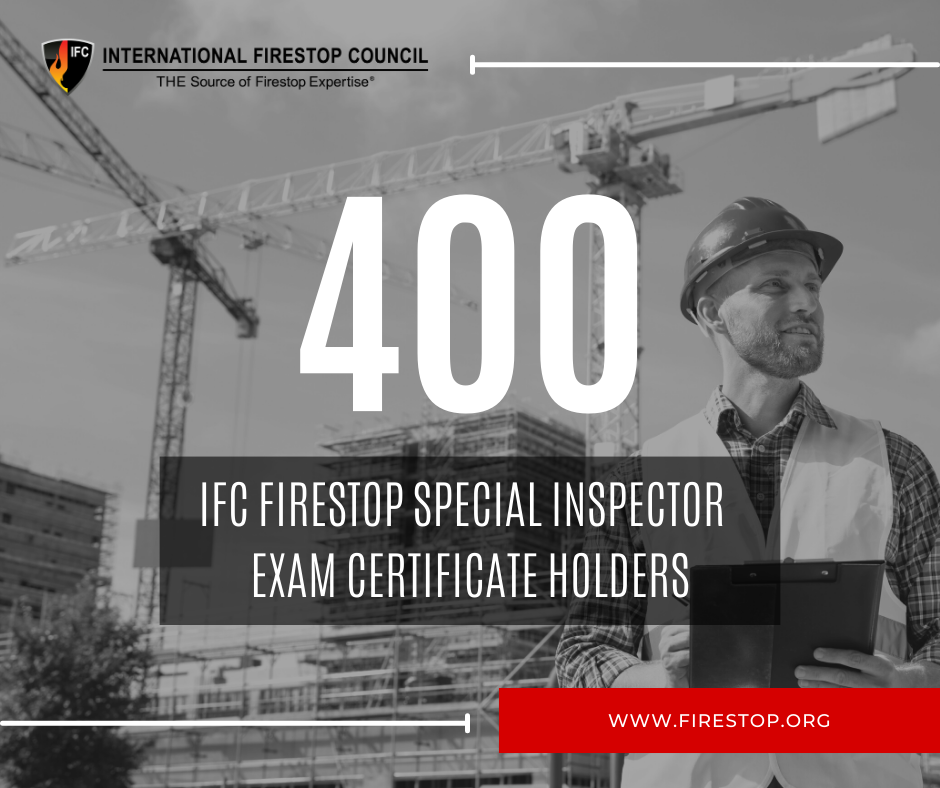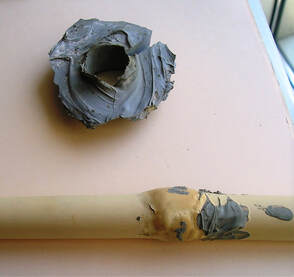Firestopping in Hospitals: Are You CMS Compliant?
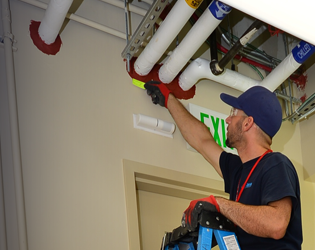
Firestopping plays a critical role in containing smoke and fire, preventing them from spreading through penetrations and joints in fire-rated walls and floors. But compliance with fire safety regulations isn’t just about installation—it’s about ongoing maintenance and verification to ensure firestopping systems remain effective over time.
Understanding the Regulatory Landscape
Hospitals and healthcare facilities are required to adhere to fire protection standards set by the Centers for Medicare & Medicaid Services (CMS), which enforces the Life Safety Code (NFPA 101). While CMS doesn’t specifically mandate annual firestopping inspections, hospitals must ensure that firestopping systems are maintained in accordance with NFPA codes. The frequency of inspections should be based on the risk assessment and the facility’s specific needs.
Here’s how the different accrediting organizations handle firestopping and fire barrier requirements:
- The Joint Commission (TJC): TJC requires hospitals to manage fire barriers as part of their Statement of Conditions, emphasizing the identification and correction of deficiencies in a timely manner. This means that firestopping systems must be regularly inspected and maintained, but the frequency of these inspections is determined by the hospital’s fire safety program and risk management practices.
- DNV Healthcare: DNV aligns with ISO 9001 principles and NFPA codes, ensuring flexibility in how firestopping compliance is met. Facilities must demonstrate that their firestopping systems are intact and functioning, but the exact inspection intervals can vary based on the facility’s internal protocols and risk assessment.
- Healthcare Facilities Accreditation Program (HFAP): HFAP follows NFPA 101 strictly, requiring healthcare facilities to maintain compliance with life safety regulations. While annual inspections are not explicitly required, hospitals must ensure that firestopping systems are inspected regularly, with maintenance performed as necessary based on the facility’s safety protocols.
Why Does This Matter?
Maintaining firestopping systems is crucial for patient, staff, and emergency responder safety. Firestopping is part of a comprehensive fire protection system that prevents fire and smoke from spreading through a building, which is critical during an emergency. Without regular checks, fire barriers and firestopping systems can become compromised, increasing the risk to life safety.
Although there is no strict annual inspection mandate, hospitals must proactively assess their firestopping systems through regular inspections and maintenance. Regular inspections help ensure that the systems are intact, functional, and compliant with the relevant fire codes and regulations.
How Can You Ensure Your Facility Remains in Compliance?
If your hospital has not yet inspected its firestopping systems this year, it is important to schedule an inspection based on your facility’s needs and risk assessment. It’s essential that hospitals stay ahead of potential fire safety issues by regularly evaluating their firestopping systems and making necessary repairs.
By maintaining an active firestopping management program, your hospital will ensure that it remains compliant with CMS and NFPA regulations, safeguarding the lives of patients, staff, and emergency responders.
Learn more about fire barrier management and inspections by requesting a FREE AHJ Seminar, or online.
